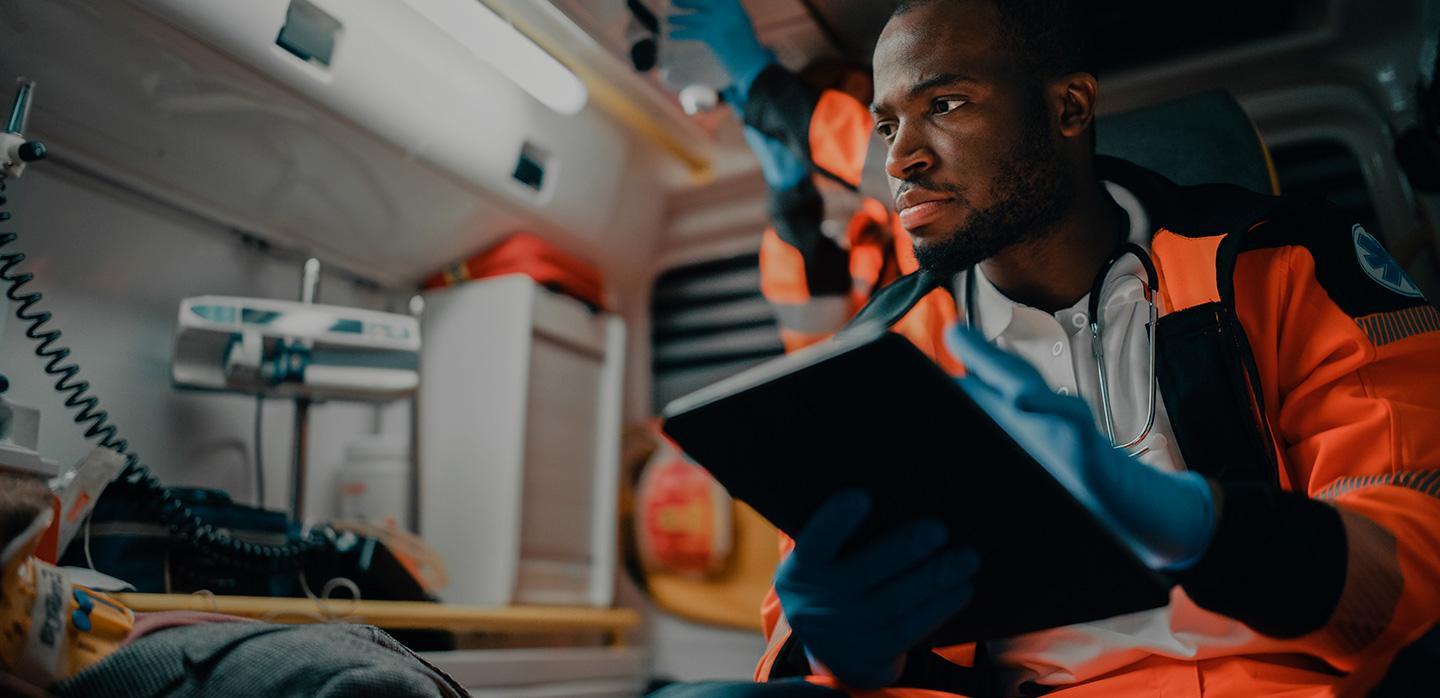July 28th, 2025
3 min read

An academic medical center is a dynamic space where patients, clinicians and researchers all come together with one common goal: improving health outcomes. However, the challenges are immense. With so much data constantly being generated, the traditional approach to healthcare has been reactive and is focused primarily on treating symptoms.
Executive Director of Technology at Stanford Medicine & Healthcare’s Ann-Marie Yap spoke to us about how AI is helping to change this – and how it’s driving exciting innovations in healthcare.
Bridges and Barriers
“Before AI, we were working reactively,” says Yap. “With so much data coming at us, it was always about reacting to what we saw. We treated symptoms rather than focusing on preventing disease. AI has changed that entirely.”
AI’s ability to sift through mountains of data allows clinicians to identify early warning signs that might otherwise go unnoticed. For example, when it comes to cancer, AI can pinpoint the cell that is causing the disease, thanks to data already available. This shift towards predictive care rather than reactive treatment could be transformative, leading to better patient outcomes and more efficient healthcare delivery.

AI’s impact on healthcare goes far beyond diagnostics. It’s also revolutionizing drug discovery. Working in collaboration with a university in Canada, Yap’s team is leveraging synthetic data through a “Sense module” that analyzes chemical compounds to generate new molecular models. “The module goes through every chemical compound and builds a model,” says Yap. “It taught us how to set up guardrails around AI. We learned that, even though AI can generate molecules, we need to ensure that what it produces is something we can actually recreate in the lab. If we can’t synthesize it, it’s of no use to us.”
For clinicians, one of the most time-consuming aspects of patient care is documenting patient visits in electronic medical records (EMRs). By automatically transcribing conversations between patients and physicians, AI can generate accurate visit notes with minimal clinician input – saving physicians as much as 10 to 15 percent of their time, which can instead be spent on patient care. Additionally, this AI-generated data can be used to create personalized care plans for patients, supporting the goals of early detection, prevention and treatment tailored to the individual.
“AI is really good at connecting things but it doesn’t do human creativity or inference. So how can we use our technologists’ brains and our equipment to make life easier and better for patients, researchers, clinicians so they can spend more time with patients? To have an innovative culture means you have to be human. And the human aspect of that is you’re not perfect. It’s okay to try things, but also to understand the risk. My recommendation, anybody that would like to build a culture of innovation, bring out the natural curiosity that we see in kids. To be an innovator, you have to question everything you do. I question myself every day, is there a different way I could have done that? You don’t want to innovate for innovation’s sake. You have to understand the problem you are solving and the value you are bringing.”
Ann-Marie Yap, Executive Director of Technology at Stanford Medicine & Healthcare
AI in Society
In a hospital setting, every second counts, and downtime can be catastrophic. Stanford is integrating AI to create a self-healing network and data center, predicting when equipment will fail and allowing for pre-emptive maintenance.
“Every hour that a system is down costs us,” Yap says. “Our compute resources can never go down. We need to know when a piece of equipment is about to fail so we can swap it out before it impacts patient care.”
Another innovation is the integration of P5G technology into hospital networks. As AI requires massive computational power, P5G is set to drive the future of healthcare technology. Stanford is currently piloting an internal LTE 5G network in several buildings.
“This technology has the potential to reduce our dependence on cabling,” Yap explains. “It’s purpose-built to demonstrate that innovation doesn’t have to come with a massive budget. Our goal is to build something that can be replicated across healthcare systems, no matter the size.”
With P5G, clinicians can move more freely with mobile devices, and patients can access telehealth services with minimal latency. The ability to run video and AI-based services securely on a private network will significantly enhance both patient and clinician experiences.




